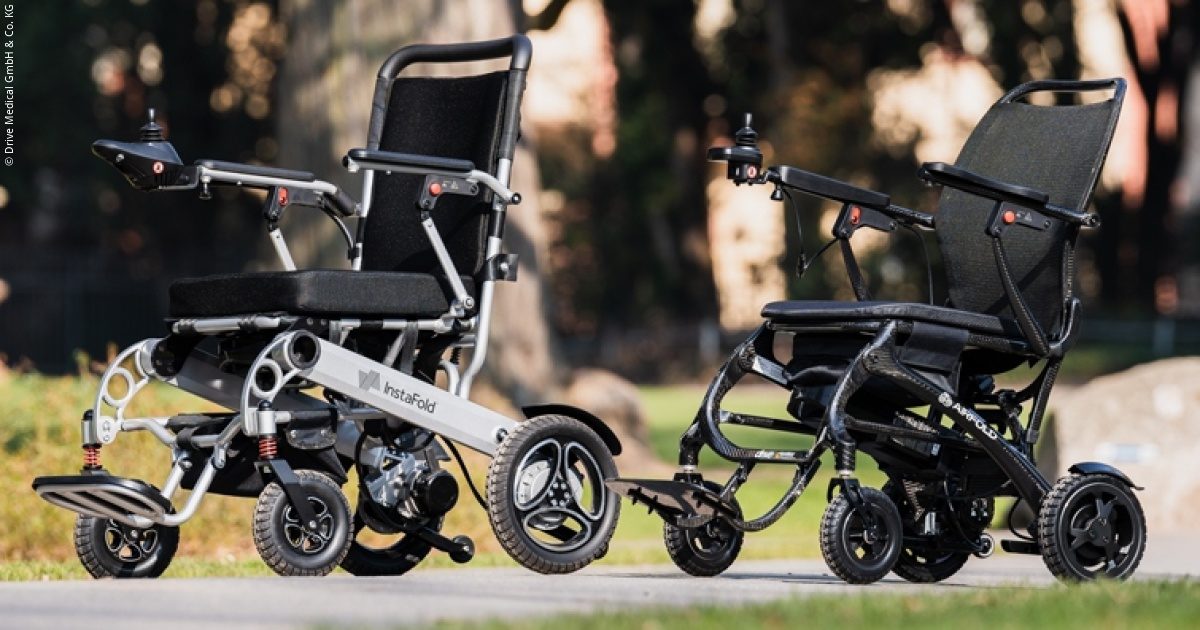Guide to Buying a Second-Hand Car: Tips, Financing, and Making an Offer

Buying a used car can feel like a treasure hunt—exciting, but a little nerve-wracking too. You’re trying to score a great vehicle at a fraction of the cost of a new one, but there’s always that worry about hidden problems or overpaying. Don’t sweat it! With the right know-how, you can find a reliable ride that fits your budget and lifestyle. This guide will walk you through everything you need to know about buying a second-hand car, from practical tips to sorting out financing and making a smart offer. Let’s dive in.
Related: What Should You Consider When Financing A Car?
Why Go for a Used Car?
Used cars are a no-brainer for a lot of people. They’re cheaper upfront, insurance tends to cost less, and you dodge that brutal depreciation hit new cars take the second they roll off the lot. That said, used cars can come with some baggage—maybe a few extra miles or the need for a little TLC. The key is to approach the process like a pro so you end up with a car that’s a steal, not a money pit.
Top Tips for Buying a Used Car
1. Figure Out What You Need (and What You Can Afford)
Before you start scrolling through listings, take a minute to think about what you actually need. Are you after a zippy little sedan for city commutes, an SUV for family road trips, or maybe a pickup for hauling gear? Jot down must-haves like good gas mileage, enough seats, or specific features like a backup camera. Then, set a budget. Don’t just think about the sticker price—factor in taxes, registration, insurance, and a buffer for any repairs. Knowing your limits keeps you from falling in love with a car you can’t afford.
2. Do Your Homework
A little research goes a long way. Check out sites like Kelley Blue Book or Edmunds to get a feel for what cars in your range are selling for. Prices vary based on things like mileage, age, and condition, so compare similar models in your area. While you’re at it, look up reliability ratings on sites like Consumer Reports to zero in on makes and models that won’t leave you stranded. The more you know, the better you’ll spot a good deal.
3. Kick the Tires (Literally)
You wouldn’t buy a house without walking through it, so don’t buy a car without checking it out in person. If you’re not a car buff, bring someone who knows their stuff—a friend or a mechanic. Here’s what to look for:
-
Outside and Inside: Scan for rust, dents, or weird paint patches that might hint at past crashes. Peek inside to make sure the seats, dashboard, and gadgets (like the radio or AC) are in decent shape.
-
Tires and Suspension: Wobbly rides or uneven tire wear can mean alignment or suspension trouble.
-
Under the Hood: Look for leaks, cracked belts, or battery corrosion. If it looks like a science experiment gone wrong, steer clear.
-
Test Drive: Take it for a spin on highways and side streets. Does it handle smoothly? Brake well? Any weird noises? Test every button—windows, locks, the works.
4. Dig Into the Car’s Past
Always get a vehicle history report from a service like Carfax or AutoCheck. It’s like a background check for the car, showing you:
-
Any accidents
-
Title issues (like if it’s been salvaged)
-
How many owners it’s had
-
Maintenance records A clean report doesn’t mean the car’s perfect, but it’s a good start. Red flags? Walk away.
5. Get a Pro to Check It Out
Even if the car seems solid, shell out for a pre-purchase inspection by a mechanic (usually $100-$200). They’ll spot things you might miss, like engine trouble or frame damage. It’s a small price to pay to avoid a lemon.
6. Double-Check the Paperwork
Make sure the seller hands over the title, bill of sale, and any warranty info. Match the vehicle identification number (VIN) on the car to the documents to avoid any shady surprises.
Navigating Used Car Financing
Paying for a used car isn’t always as simple as handing over cash. Financing can make it manageable, but you’ve got to shop smart.
1. Explore Your Options
-
Dealerships: Many offer financing, but their rates can be steep. Read the fine print.
-
Banks and Credit Unions: These usually have better rates, especially if you’re a member of a credit union.
-
Online Lenders: Places like LendingTree or LightStream can be competitive, but watch for hidden fees.
-
Personal Loans: If you’re buying from a private seller, a personal loan might give you more flexibility.
2. Know Your Credit Score
Your credit score is a big deal—it determines the interest rate you’ll get. Pull your score for free through sites like Credit Karma. A score above 700 usually lands you prime rates, while a lower score might mean higher interest or extra hoops to jump through.
3. Get Pre-Approved
Walk into the dealership with a pre-approved loan from a bank or credit union. It’s like having cash in hand—it sets your budget and gives you leverage to negotiate without getting suckered into a bad deal.
4. Look at the Big Picture
Don’t just focus on the monthly payment. A longer loan might feel affordable month-to-month but could cost you more in interest over time. Use an online loan calculator to see the total cost of different options.
5. Hunt for Deals
Some lenders have special programs for first-time buyers or folks with so-so credit. Credit unions often have killer deals on used car loans, so check those out too.
How to Make a Smart Offer
Haggling can feel awkward, but it’s your chance to save big. Here’s how to play it right:
1. Know What the Car’s Worth
Check Kelley Blue Book or NADA Guides for the car’s market value based on its make, model, year, mileage, and condition. This is your starting point.
2. Account for Fixes
If the car needs work—like new brakes or tires—subtract those costs from your offer. For example, if the car’s worth $10,000 but needs $1,000 in repairs, aim for $8,500-$9,000.
3. Start a Bit Low
Offer a little less than what you’re willing to pay to give yourself wiggle room. If you’re okay with $10,000, start at $9,000 or $9,500. Just don’t go so low you offend the seller—that could kill the deal.
4. Be Ready to Walk
If the seller won’t budge or dodges questions (like refusing to show a vehicle history report), don’t be afraid to walk away. There’s always another car out there.
5. Sweeten the Deal
If the price is firm, ask for perks like a warranty, free maintenance, or small repairs thrown in. It’s a way to get more value without lowering the price.
6. Seal It in Writing
Once you agree, get everything in writing—price, any extras, and promises like “we’ll fix the AC.” A handshake’s nice, but a signed bill of sale is better.
Wrapping It Up
Buying a used car is all about doing your homework and staying sharp. Figure out what you need, check out the car like a detective, lock in good financing, and negotiate like you mean it. Take your time—rushing leads to regrets. If you’re unsure, lean on a mechanic or a savvy friend for backup. With these steps, you’ll be cruising in a solid car that didn’t cost you a fortune. Happy hunting!
Related: BEST TIPS TO CHOOSE CAR RENTAL
ADVERTISEMENT





